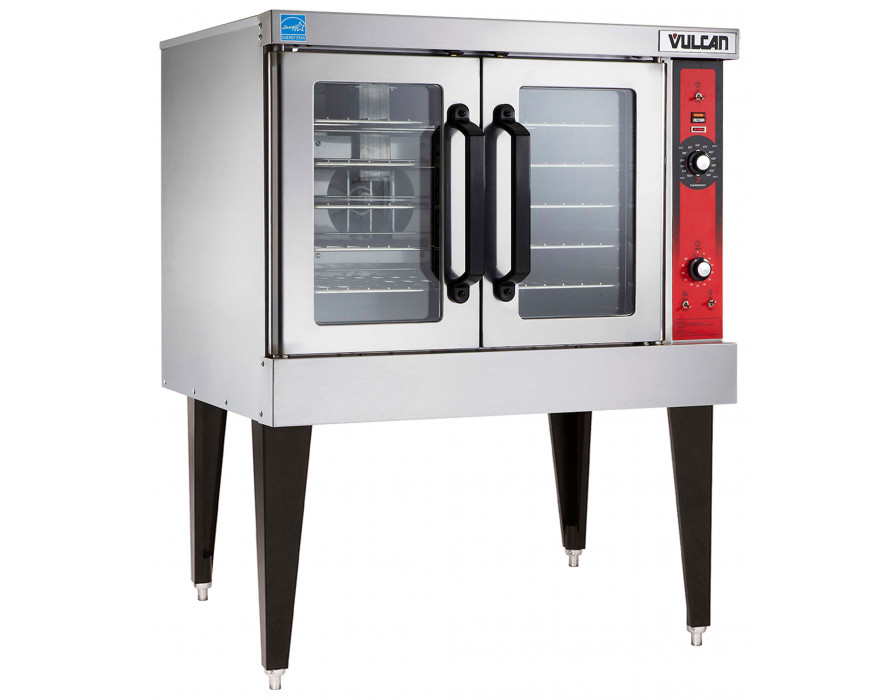Aug 21st 2023 - Team Member
Tips and Techniques with Convection Ovens
As seasoned professionals, you understand the significance of precision, efficiency, and innovation in your workspace. In this article, we're delving into the realm of commercial convection ovens, uncovering a wealth of tips and techniques that can elevate your culinary creations to new heights. Whether you're a veteran chef or a restaurateur seeking to enhance kitchen productivity, this guide is designed to provide you with valuable insights and strategies.
Understanding the Power of Convection Ovens
Hitting the Basics

Before we dive into the tips and techniques, let's ensure we're on the same page about what convection ovens bring to the table. These ovens are a staple in commercial kitchens, equipped with fans that circulate hot air evenly throughout the cooking chamber. This convection process ensures quicker and more uniform cooking, which can significantly reduce cooking times and improve food quality.
Vulcan VC4GD-NG
Tips for Optimal Utilization
1. Temperature Adjustment
Mastering temperature control is essential. Convection ovens generally cook at lower temperatures than conventional ovens due to the efficient heat distribution. Familiarize yourself with the recommended temperature adjustments for various dishes to avoid overcooking.
2. Rack Placement
The position of the cooking racks plays a pivotal role in achieving desirable outcomes. Placing dishes closer to the fan ensures more even browning and crisping, while also preventing uneven cooking.
3. Reduced Cooking Times
With convection ovens, you can slash cooking times by up to 25%. However, remember that time saved is temperature lost. Lower the recommended temperature by about 25°F when using convection to prevent food from drying out.
Techniques for Culinary Excellence
1. Baking Consistency
When baking multiple trays of cookies or pastries, rotate the trays halfway through the baking process. This technique guarantees uniform results, as the even airflow in the oven can sometimes lead to uneven browning.
2. Moisture Retention
Convection ovens are ideal for roasting meats to perfection. To retain moisture, sear the meat first, then roast at a slightly lower temperature. The consistent airflow will help develop a crispy exterior while keeping the interior succulent.
3. Dehydration and Crisping
For dehydrating fruits, and vegetables, or making crispy treats, convection ovens excel. Set the temperature low and use a wire rack to allow air circulation. Monitor the progress closely to achieve the desired texture.
Maintenance and Best Practices
1. Regular Cleaning

Just like any other kitchen equipment, convection ovens demand routine cleaning. Remove debris, grease, and residue to maintain optimal performance. Regular cleaning also prevents the buildup of odors and ensures a sanitary cooking environment.
Duke E102-E
2. Calibration Check
Periodically check the oven's temperature accuracy. An oven thermometer will help ensure your convection oven maintains its precision, guaranteeing consistent results over time.
Conclusion
In the dynamic world of commercial kitchens, convection ovens stand as indispensable tools for achieving culinary excellence. By embracing these tips and techniques, you can harness the full potential of convection ovens and create exceptional dishes that satisfy both your discerning customers and your culinary aspirations. Remember, the combination of precise temperature control, strategic rack placement, and innovative cooking techniques will help you unlock a new realm of possibilities in your kitchen.

